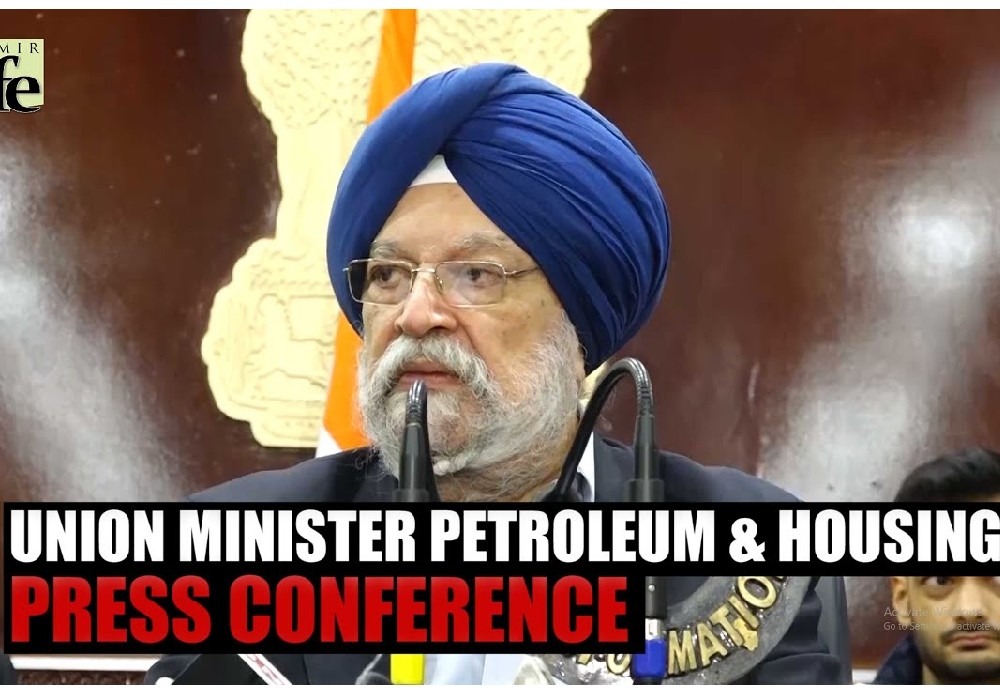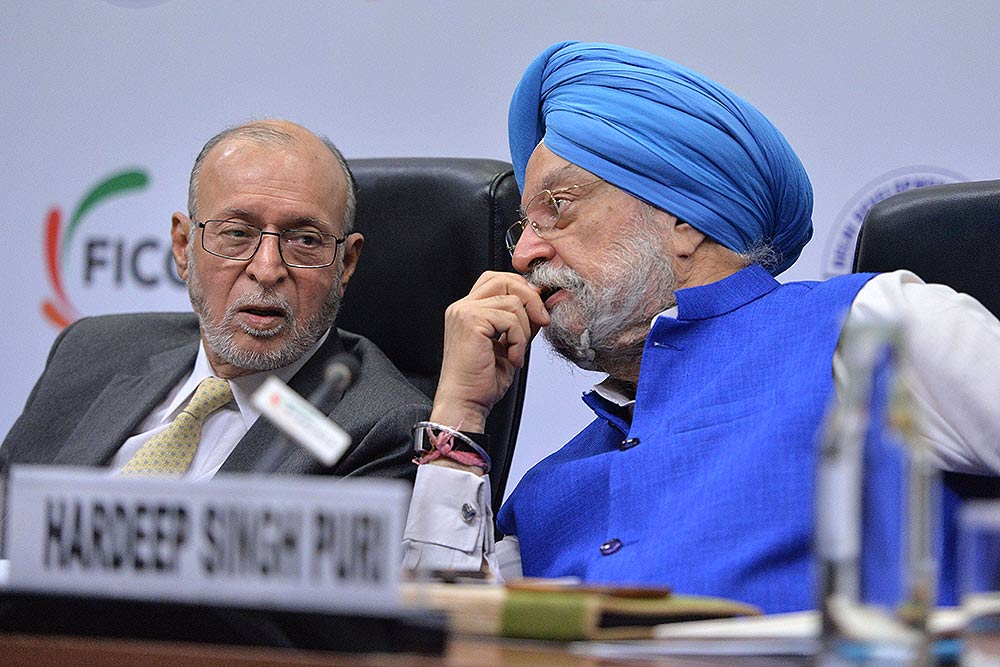During a six-day visit to the United States (US), Union minister for petroleum and natural gas, Hardeep Singh Puri, co-chaired the US-India Strategic Clean Energy Partnership ministerial with his American counterpart, secretary of energy Jennifer Granholm and engaged with a range of private sector stakeholders to deepen energy collaboration, both in terms of exploration and production and green hydrogen. As he wrapped his visit on Tuesday evening, Puri spoke to HT about the bilateral relationship and the larger geopolitics of energy. Excerpts:
You have just concluded a trip to Washington DC and Houston where you engaged with America’s top energy officials and private sector firms. What have been your key takeaways?
The main takeaway is that a partnership on clean energy, which was initiated by the President of the US and the Prime Minister of India in 2021, has, in a very short period of time, culminated in concrete institutionalised cooperation. We reviewed work in five areas, and we also have now decided to upgrade it to an India-US green corridor to deal with issues of clean energy, in particular green hydrogen. What I am encouraged by is the characterisation, significance and importance attached by the US side to this. In the meeting with the secretary of energy, their assistant secretary Andrew Light characterised it as the most important energy partnership for the US. And secretary Granholm repeated it.
In my interaction with the CEOs of the major energy entities here, it was clear each of them is looking at India. Some of them have past experience of dealing with India. Others are willing to look at the opportunities that will become available in India, and those stem essentially from the decisions that the Prime Minister has made and inspired the government to take. In one swoop, we have opened up a million square kilometers of no-go areas. We have made data now freely available on the national data repository, and any steps which are required to further make it available to prospective parties for exploration and production, we are willing to take those steps.
Now today, when we discuss energy, it has a context in terms of what we are having to navigate presently. But it also has the outlines of contours for the trajectory going forward into green energy. 40% of the green hydrogen being manufactured in the world today is being manufactured in Houston. One of the points the Americans keep stressing is that they think that the energy partnership with India is the most important because they think India has a great story to tell about its ability to scale up. For instance, what we have done in the case of solar, in terms of bringing down the prices. What is it that you can do on green hydrogen? You have to make the transition. You have to survive today. But in the short to medium term, the future lies in green hydrogen. For that, you need to bring the cost of power down and you need electrolysers. From that, a host of things can follow.
If you look at what is happening in the world on green hydrogen, clearly the US is a place where there will be a lot of attention. They have come up with a major incentivisation programme, which runs into hundreds of billions of dollars. They will be also looking at entities, the world over. And there, I submit you that Indian entities have the potential to fit into that. Now, clearly, if you have an incentivisation programme, which is US-centered, you would want US companies to do it. But, you know, our companies are also global entities. They can invest, they can participate. And it is that experience sharing, which will take us into green energy.
I have had a long association with the bilateral relationship. I would never have dreamt that we will have $160 billion dollars of bilateral trade, of which $20 billion is energy imports. We could ramp that up and enter into long term agreement. Any way you look at the Indian energy metrics, you see consumption rates going up 3% per annum as against the global increase of 1%. Since you have got low per capita consumption basis, one third of the global just now, it will equal and then surpass the global rates. And if you also look at what is happening in terms of the overall demand increase, which will come in the next few decades, 25% of that increase is expected to come from India.
We also launched the coal-bed methane and major offshore bids covering 230,000 square km here. Our approaches have become much more innovative. Instead of us designating specific areas for people to bid, we are saying you look at the data, look at what is on offer. You tell us where you want to carve out a block. If you, for instance, have an interest, the government of India may be in a position to in fact incur the cost of exploration in the first go. Then you can have a revenue sharing model. So these are all very encouraging signs. I think we are now reaching a stage where this is a segment of the bilateral relationship, which will occupy greater salience in the years ahead.
So you are suggesting that on both legs – traditional as well as clean energy – cooperation with the US is growing?
It is very good. Let me explain to you. The earlier approach, throughout the world, was a bit simplistic. There was a trillion dollars in investment in traditional exploration in fossil fuels. Because everybody started talking green, this trillion came down to 500 billion, then it came down to 300 billion. But till you reach the anchoring in green and sustainable energy, you still need to survive this period. And my submission all along has been that if you are able to manage this transition, which means from here where we are today to the green energy, you will need to continue reliance on secure and affordable traditional energy, oil and gas. That point is much better understood today.
When international crude prices by the producing countries go up, it does two things. One, it makes the bigger consuming countries talk to each other to seek convergence and understanding. And it also strengthens the imperative for making that transition. So it’s not that your resolve for going green and sustainable is in any way diminished. In fact, you strengthen that, step on the gas literally, and also at the same time you do that. So both of them are being pursued simultaneously.
You were here at a time when global energy markets were rocked by OPEC+ decision to cut production. How d

देश में एक करोड़ यात्री प्रतिदिन कर रहे हैं मेट्रो की सवारी: पुरी ..

Union Minister for Petroleum and Natural Gas and Housing and Urban Affairs, Hardeep Singh Puri addressing a press conference in ..

Joint Press Conference by Shri Hardeep Singh Puri & Dr Sudhanshu Trivedi at BJP HQ| LIVE | ISM MEDIA ..
(3).jpg)
"I wish a speedy recovery to former Prime Minister Dr Manmohan Singh Ji. God grant him good health," Puri wrote. ..